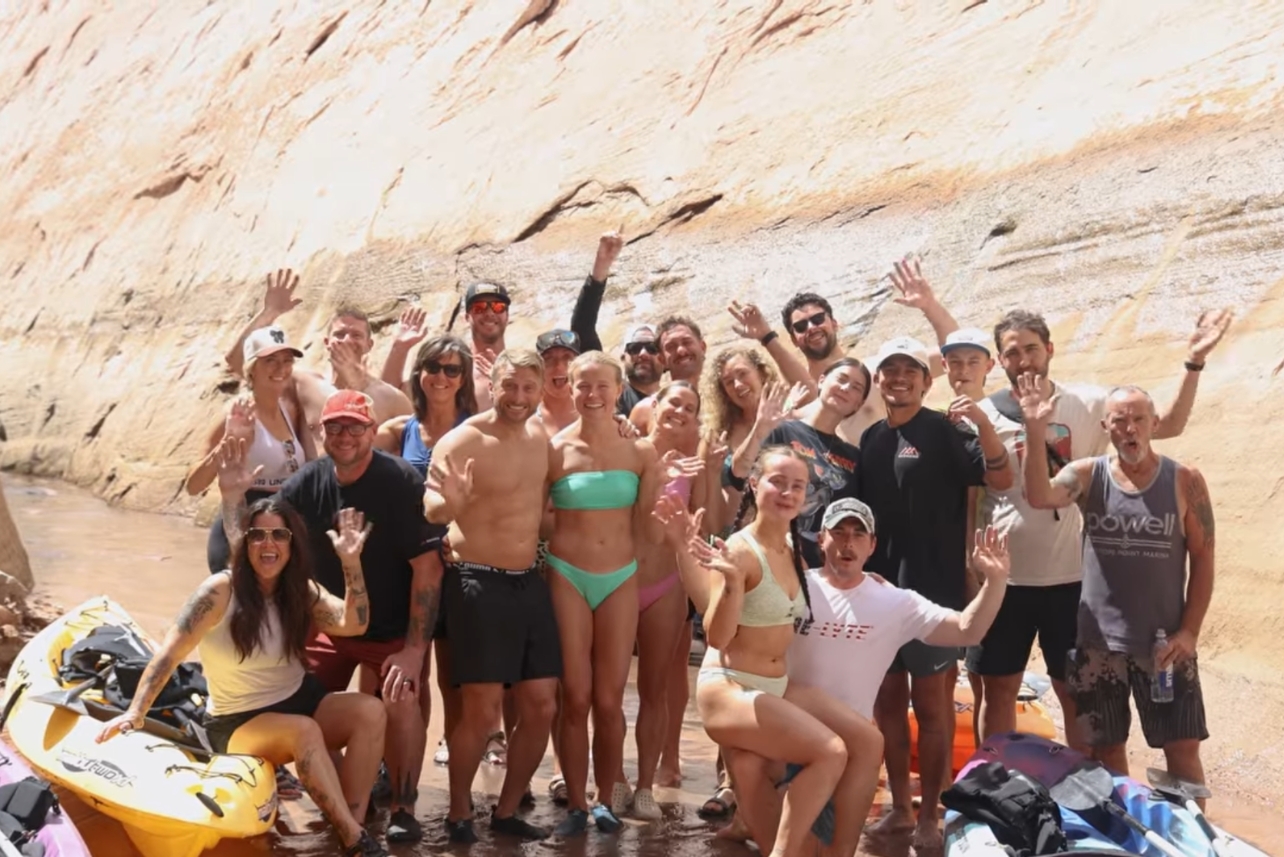Time to read: 4 minutes
Article at a glance:
- Creativity is seeing the extraordinary in the ordinary. It’s not about perfection, but exploring many “right answers.”
- Mistakes and problems are opportunities. Reframing challenges fuels learning and growth.
- Prepare for opportunities. Build skills and awareness so you’re ready when creative moments arise.
- Make your life your art. Use your work and contributions to elevate others and express your unique perspective.
When we hear the word “creativity,” most of us think of painting, photography, music, poetry, and other classical arts like that.
But creativity is so much more than that, and it’s something we all have simply because we’re human.
So what is creativity really, and how do we use it in our everyday lives and work?
Our friend, speaker and photographer Dewitt Jones, has a beautiful philosophy on the subject.
According to Dewitt, “Creativity is just a moment…a moment where we look at the ordinary, but we see the extraordinary.”
It’s a way of being.
Creativity isn’t just writing a symphony or painting a masterpiece. It’s simply looking for more right answers.
Here are some of Dewitt’s principles for living more creatively, every day.
Creativity in the Everyday

There’s more than one right answer.
When Dewitt takes photos, he’s not searching for the one perfect masterpiece in any given scene. He’s looking for possibilities and right answers. He’s constantly adjusting, experimenting, changing lenses, and trying different angles to get as many right answers as possible.
When you realize there’s more than one solution, more than one right answer, it frees you up to explore and try different things. It removes the pressure to find the ONE answer.
On his blog and in his book Atomic Habits, James Clear tells the story of Jerry Uelsmann, a photography professor at the University of Florida, who divided his class into two groups.
The first group—the “quantity” group—would be graded on the amount of photos they took, and the second—the “quality” group—would be graded on the strength of a single photo.
Here’s the kicker: at the end of the semester, the quantity group produced the best photos, even though quality wasn’t part of their assignment.
The process of taking lots of photos allowed them to experiment and develop their skills. They had the freedom to keep looking for right answers instead of a single, perfect photo.
When we practice, explore, and try a lot of different stuff, we end up creating better work than if we had fixated on finding ONE perfect solution. So keep looking for those right answers!
Problems = Opportunities. Mistakes = Learning
If we see challenges as problems, as things that shouldn’t be there, we’re going to dread them. If we beat ourselves up for mistakes, we’ll avoid trying just to sidestep the discomfort of messing up.
But if we see problems as opportunities and mistakes as valuable learning experiences, we can get excited about the process and lean in instead of shutting down.
Problems and failures are disheartening. Opportunities and growth are exciting.
The trick is to keep exploring and learning when things don’t go as planned.
As Dewitt says, “Turn a win-lose situation into a win-learn situation. Turn it into a little victory.”
Prepare for opportunities
Creativity is a way of seeing and being, but it’s also about skill and technique.
Opportunities are abundant in life, especially if we go looking for them, but in order to make the most of them, we have to be prepared.
In order to be truly creative, effective, and good at finding right answers, we need to prepare for the opportunities that inevitably come our way.
This means pursuing our Three Circles, improving our skills in our role, exploring our interests, and growing in our core values.
That way, when opportunity comes a’knocking, we’ll be ready to meet it!
Put ourselves in the place of most potential.

The place of greatest potential is where we can find the most right answers.
What does this look like at work?
It means being helpful where you are, and plugging into what’s going on around you so you can see where else you might be helpful. Notice where the gaps are. Notice what bugs you. Notice what could be better. That will put you in a place to collaborate with your team to find some right answers.
Make Your Life Your Art
Dewitt says, “If creativity is just falling in love with the world, then in every act I have the potential for doing something creative. My life can be my art.”
How can you make your life, your work, your contribution, your art?
Ask yourself how you can be more creative in your role, how you can find new ways to improve the processes you’re in, and how to be helpful where you are.
That way, your contributions will elevate the human experience of those around you, and your life will become a work of art!
Something to Try:
- Think of a recent misstep and reframe it: What did I learn? How can this help me grow? Then, share that insight in a team chat or journal it as a “tiny victory.”
- Choose one small routine and ask: Why do we do it this way? Is there a better way? Whether it’s how you run a meeting or start your morning, experiment with a new rhythm.
- Take a five-minute walk around the block, through a hallway, or even just outside the building. Let your mind wander. Distance often brings clarity and surprise solutions.



